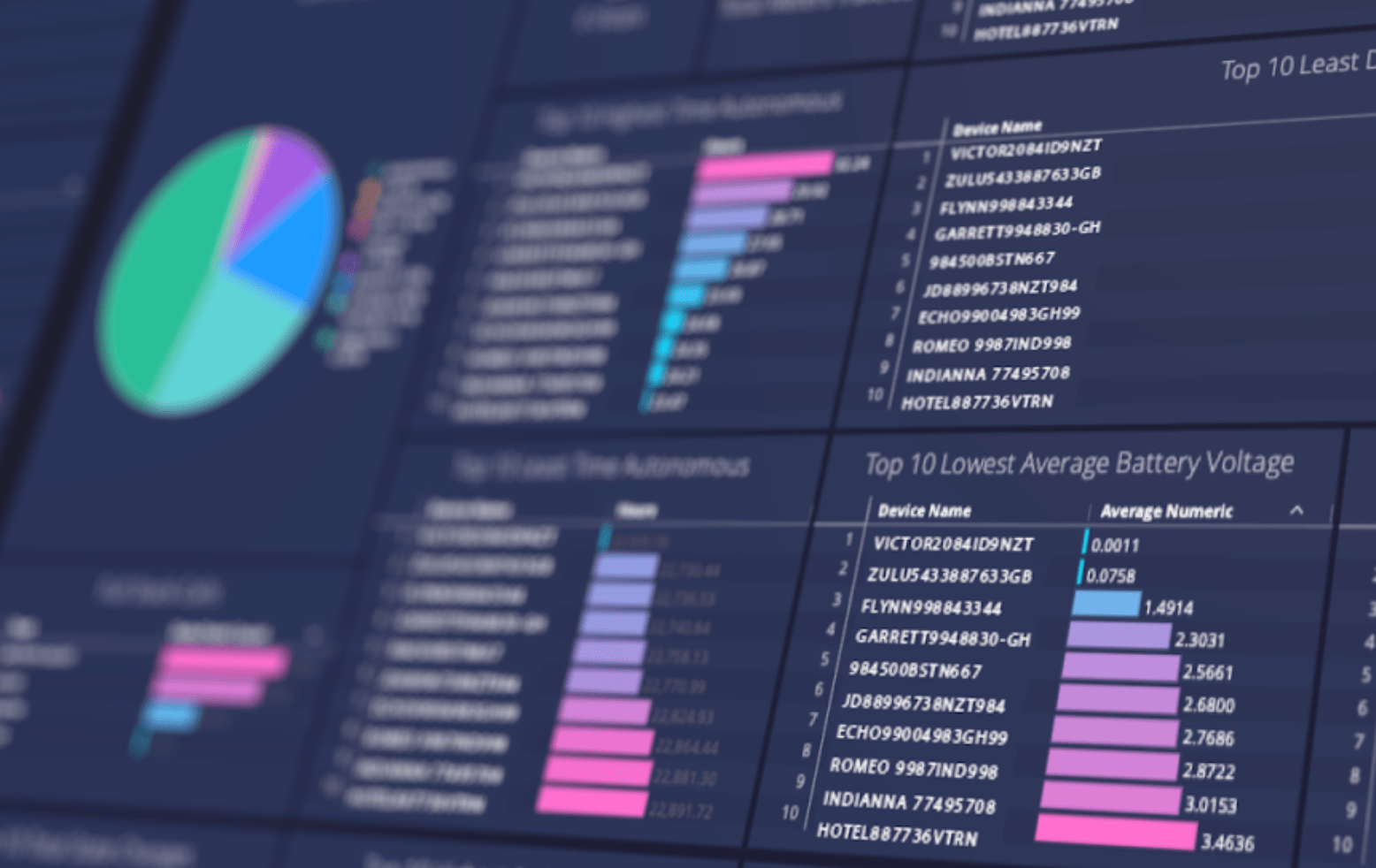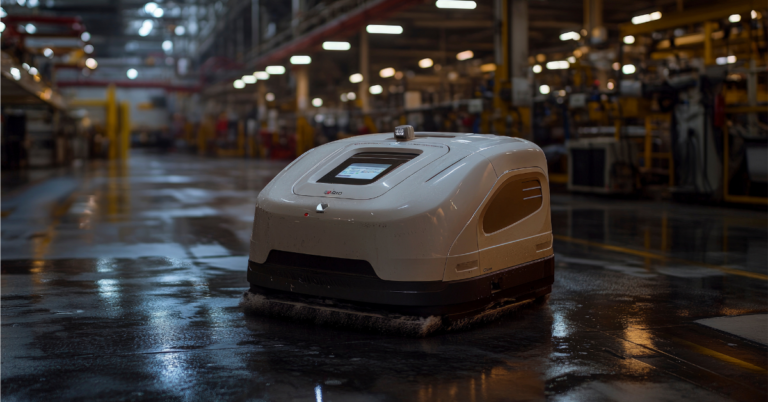Here’s why
Early-stage robotics companies often suffer from an overly narrow focus, with their scope limited to the solitary goal of getting their machines up and running. Organizations seek to optimize functionality and minimize points of failure, both of which are obviously essential. However, more often than not, that narrow focus on functionality comes at the expense of other, highly-important aspects of a successful robotics application. Perhaps the most overlooked of those considerations, especially among programs in their infancy, is analytics. Many of the companies we speak to seem to view robot analytics as non-essential and only worthwhile when operating at scale.
However, this misconception overlooks a number of invaluable benefits that analytics can provide companies, even at the earliest stages of development.
The following article outlines some of the benefits that robot analytics have to offer, as well as why they should be a part of one’s robotics program from day 1.
Understanding your fleet today
While your organization is developing, launching, and scaling their robotics operations, you will invariably encounter problems. Anomalous connectivity issues, spikes in error rates, highly variable battery charging, or discharging — the list of possible setbacks one might encounter are both numerous and highly variable.
As a result, you will require a great deal of information about your fleet from the very beginning if you hope to successfully identify and navigate these challenges as they arise. Knowing when a robot gets stuck in a warehouse is important information. However, knowing that your fleet is getting stuck at a rate of once every 7 hours and that 86% of those events occur in the northwest quadrant of your warehouse is much more valuable. With those insights, one might be able to identify specific issues in that environment that are leading to these events.

Alternatively, the data might show that your fleet is getting stuck every 40 minutes, and exclusively in the southwestern quadrant, which is the only part of the warehouse that isn’t refrigerated. Upon closer inspection, you discover that your current machines’ CPUs are prone to overheating at temperatures above 80 degrees Fahrenheit.
This particular example speaks to why it’s important to introduce analytics to your robotic operations from day 1. The insights provided by said analytics have identified a significant flaw in your robot’s design — one which you would be much better off correcting when you have a fleet of 5 robots, rather than 500.
Root-cause analysis from inception
In addition to these types of immediate, “what’s behind the curtain” insights, robust robot analytics provide your operators, administrators, and engineers with an incomparable tool for root-cause analysis. In addition to the kinds of high-level, business, or operatorial insights offered by analytics is the type of data that can prove invaluable to one’s developers.
With analytics, engineers can find baseline values to specific metrics, track them over time, and generate objective measures as to their platform’s development/ improvement over time. Analytics gives them the answers to questions such as: “Is 100 e-stops logged over the past 30 days abnormal, or is it within the bounds of normalcy?” And: “Is our overall error count increasing or decreasing from quarter to quarter?” And most importantly: “Why?”
All of these unknowns, and more, become easily and immediately accessible when your operations have an inbuilt data pipeline into analytics.

Increase your customer’s velocity through transparency
Do you know whether your customers are using your robots as efficiently as you’ve designed them to be used? Do you know the amount or percentage of time your robot spends in autonomy mode versus manual? Or even more simply, are you sure that the robots are improving the efficiency of their workflow as intended?
All of these questions are at the core of why robot analytics matter to your customers. Put simply, you need to understand how your customers are using your product and what you can do to make their experience better. In order to answer these questions, you’ll need what is essentially a “Mixpanel for your robots” — a tool that allows you to observe and understand your customers’ interactions with your robots over time.
If we take this one step further, it’s easy to imagine ways in which one can use analytics to improve their customers’ experience proactively. Imagine being able to spot machines that have significantly higher e-stops than the rest of your fleet, robots with longer-than-average cycle times, or unexpectedly higher number of trips to the charging station. Readily identifying issues such as these allow you to effectively solve problems before they’ve even become a problem for your customer. Even something as simple as finding robots with significant deviation in average battery voltage could save you and your customer’s considerable downtime.
The ability to track the performance of one’s fleet over time — and across a multitude of metrics — is invaluable when it comes to acquiring and retaining both customers and prospects. Beyond the obvious internal benefits of clearly defined and objective performance monitoring, they also allow your organization to effectively render salesmanship obsolete. Rather than relying on your prospects’ and customers’ trust or faith, one need only point to one’s performance data to prove one’s worth.
Analytics effectively transforms your company from a marketing-driven machine to a data-driven one. With such radical transparency, one need only create a compelling product or service, then allow the numbers to prove its value for you.
Never grow beyond the scope of your own understanding
By making advanced analytics an integral part of your operations from day 1, you enable your insights and understanding to scale smoothly with the size of your fleet. Rather than amassing a large fleet, then seeking to wrap your head around it, you can ensure that your lens is always perfectly suited to the scope of your operations.
Analytics should never be an afterthought. No matter how big, small, simple, or complex your own organization’s robotics operations may be, gaps in knowledge undoubtedly exist. Those blind spots can range from innocuous to devastating, depending upon the nature of the information lying underneath. So, don’t wait until you’re drowning in complexity before seeking out the high-ground that is analytics.
Interested in equipping your robotics operations with intuitive, customizable robot analytics? Get in touch with a Formant representative today.



